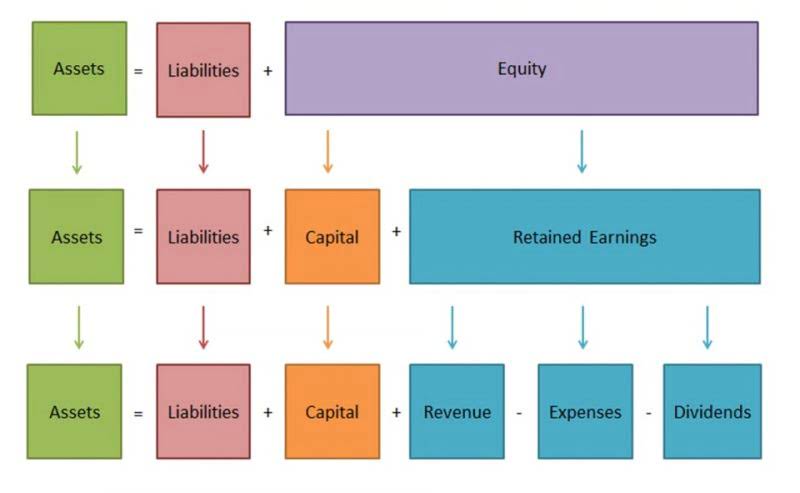This innovation allowed merchants to see every aspect of their business in neat little rows. However, as can be seen QuickBooks ProAdvisor from the examples of daybooks shown below, it is still necessary to check, within each daybook, that the postings from the daybook balance. The first known renditions of the double ledger system were both traced to the 11th century. The first was adopted by Jewish traders and bankers in the Cairo, while the other main system, known as the ‘Jama Nama’ system was used in India.

How Technology has Influenced Accounting
Roman merchants used a bookkeeping system involving a board covered in wax where transactions were recorded using a stylus. The Romans used bookkeeping to keep track of debts and credits and the movement of goods between bookkeeping different regions of the Roman Empire. Bookkeeping helped make trade more efficient and allowed merchants to keep track of their profits and losses.
Uncovering the Myths and Facts Behind the Invention of Accounting

These rules are outlined by GAAP and IFRS, are required by public companies, and are mainly used by larger companies. Accountants may be tasked with recording specific transactions or working with specific sets of information. For this reason, there are several broad groups that most accountants can be grouped into. In recent years, the evolution of accounting regulations has been particularly noteworthy.
Double-entry bookkeeping
- This is because it was Caesar Augustus, the first Roman emperor, who established imperial account books to keep track of taxes and to publicize his personal spending.
- In the last chapter of this book, he discovered the basic method of accounting or the formula for determining the debit credit of a transaction.
- These records were primarily concerned with the stewardship of resources, reflecting the agrarian economies of the time.
- Accounting is more than recording, classifying, and summarizing financial transactions.
- The roots of accounting can be traced back to ancient civilizations, where accounting practices were initially used for trade, taxation, and record-keeping purposes.
To protect consumers by ensuring only qualified licensees practice public accountancy in accordance with established professional standards. Because of the simplified manner of accounting, the cash method is often used by small businesses or entities that are not required to use the accrual method of accounting. Instead of recording a transaction when it occurs, the cash method stipulates a transaction should be recorded only when cash has been exchanged.

Da Vinci illustrated Pacioli’s manuscript De Divina Proportione (“Of accountancy Divine Proportion”), and Pacioli taught da Vinci the mathematics of perspective and proportionality. These three separate Canadian accounting bodies unified as the Chartered Professional Accountants of Canada (CPA) in 2013.
